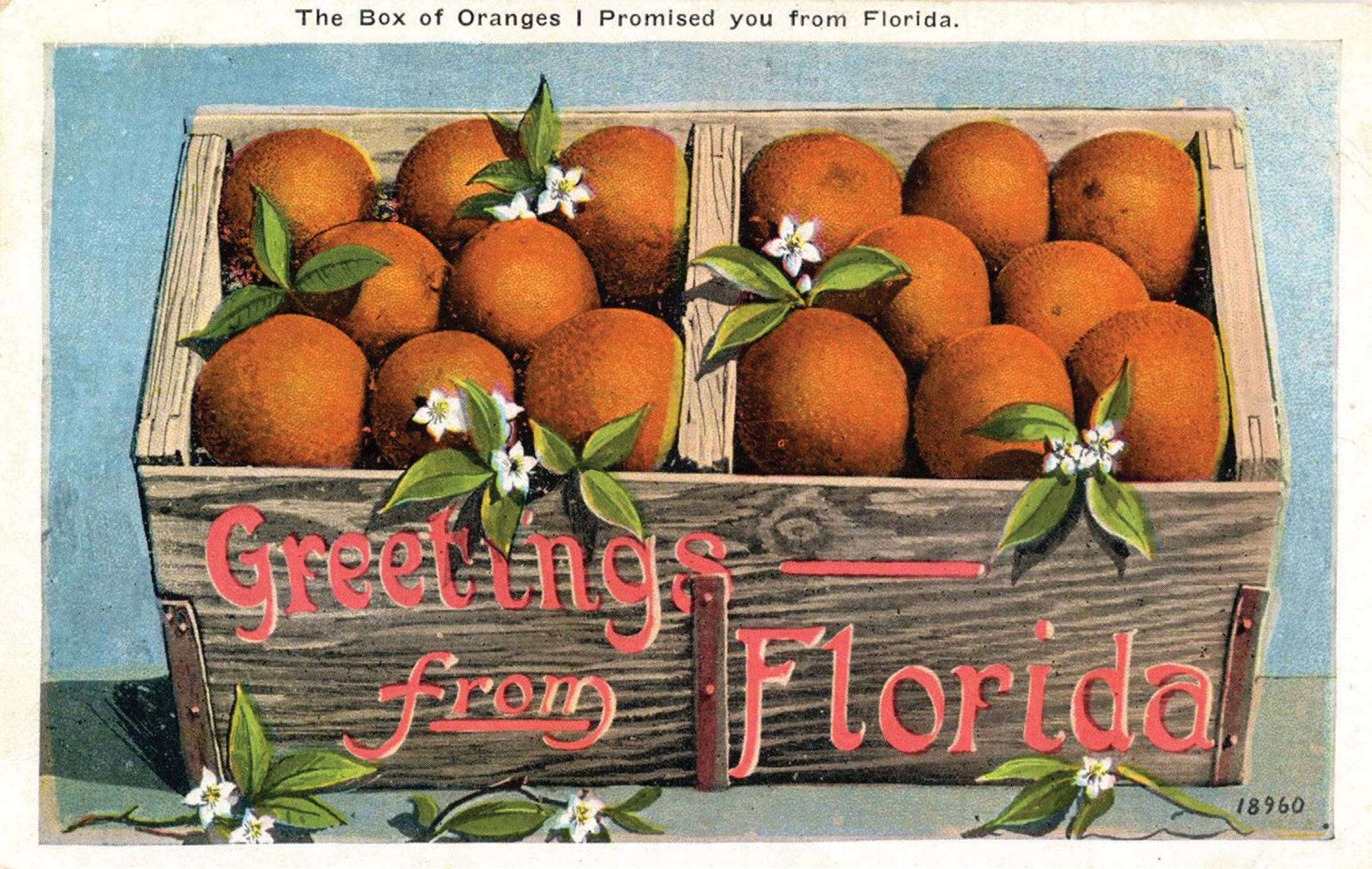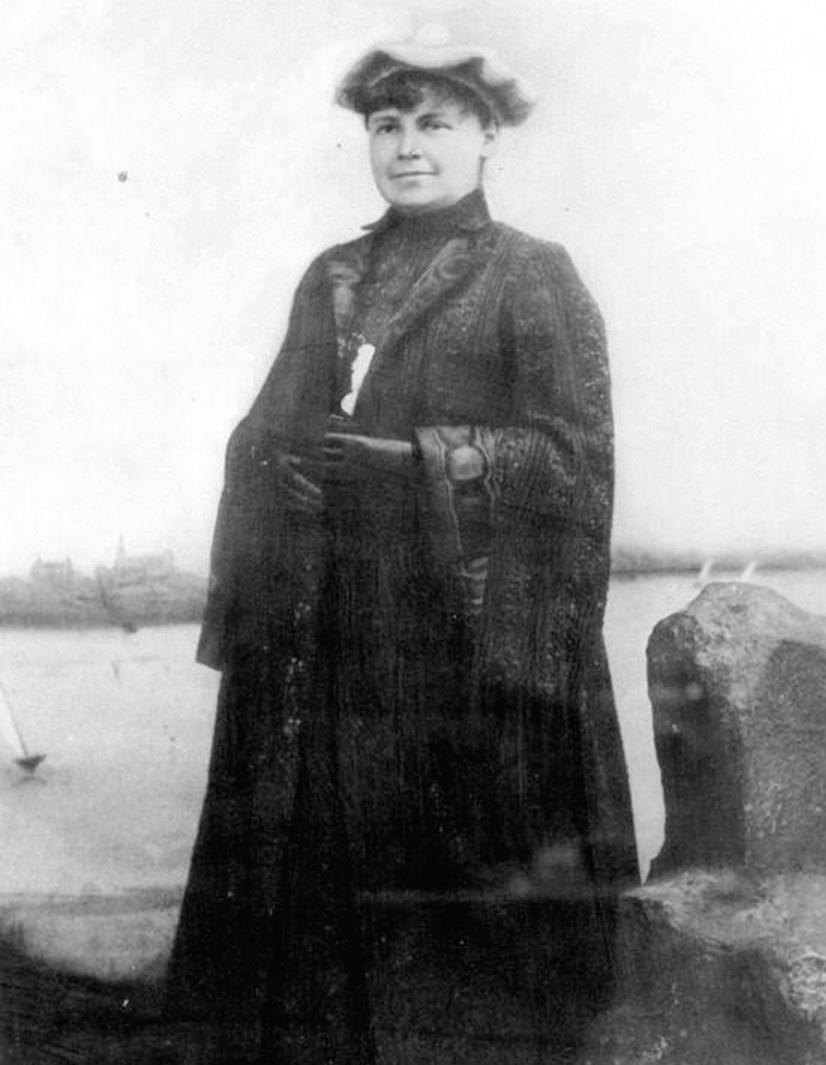
1 minute read
How Orange Blossoms Made Miami
In 1891, following the death of her husband and father, Julia Tuttle sold her home in Cleveland, Ohio, and moved to Biscayne Bay with her two children.
Tuttle purchased 640 acres of land on the north bank of the Miami River, with the hope of attracting settlers and developing the area around Fort Dallas. In a letter to a friend, Tuttle wrote:
“It may seem strange to you, but it is a dream of my life to see this wilderness turned into a prosperous country where this tangled mass of vines, brush, trees and rocks now are to see homes with modern improvements surrounded by beautiful grassy lawns, flowers, shrubs and shade trees.”
More than just a landowner, Tuttle was a sharp businesswoman. With the mission of extending Henry Flagler’s railroad south, Tuttle visited Flagler in St. Augustine in 1893. She hoped to convince Flagler to purchase land in Fort Dallas, which would draw the attention of other investors and settlers. However, Flagler declined her request.
Then, during the winter of 1894-1895 much of Florida experienced two freezes that devastated the citrus crops. On December 29, 1894, the usual sunny Florida day was disrupted by a chilling rainstorm. Temperatures plummeted to 19 degrees in Central Florida. A second freeze arrived on February 6, 1895, devastating the citrus industry and leaving thousands of dead trees.
Tuttle realized she had an opportunity since the freeze did not affect the crops in the Fort Dallas region. She wrote to her friend, James E. Ingraham, a railroad engineer hired by Flagler, hoping to encourage him to visit the area.
Ingraham visited Biscayne Bay and found flourishing agriculture. “I gathered up a lot of blooms from these various trees, put them in damp cotton, and after an interview with Mrs. Tuttle and Mr. and Mrs. Brickell of Miami, I hurried to St. Augustine, where I called on Mr. Flagler and showed him the orange blossoms,” Ingraham recalled.
Flagler visited Biscayne Bay, accompanied by Ingraham and other lieutenants, and was convinced by Tuttle of the area’s potential. Tuttle, alongside Brickell, offered hundreds of acres of land in exchange for the railroad, water and power systems, and a hotel site. The next year, Flagler accepted the offer. On April 13, 1896, the first train arrived in Miami with Flagler and other prominent figures aboard. Three months later, Miami incorporated with just 444 citizens. However, he refused to have the town named after him, instead suggesting they name the new town after the river. Flagler opened his Hotel Royal Palm on the north bank of the Miami River, overlooking Biscayne Bay.







